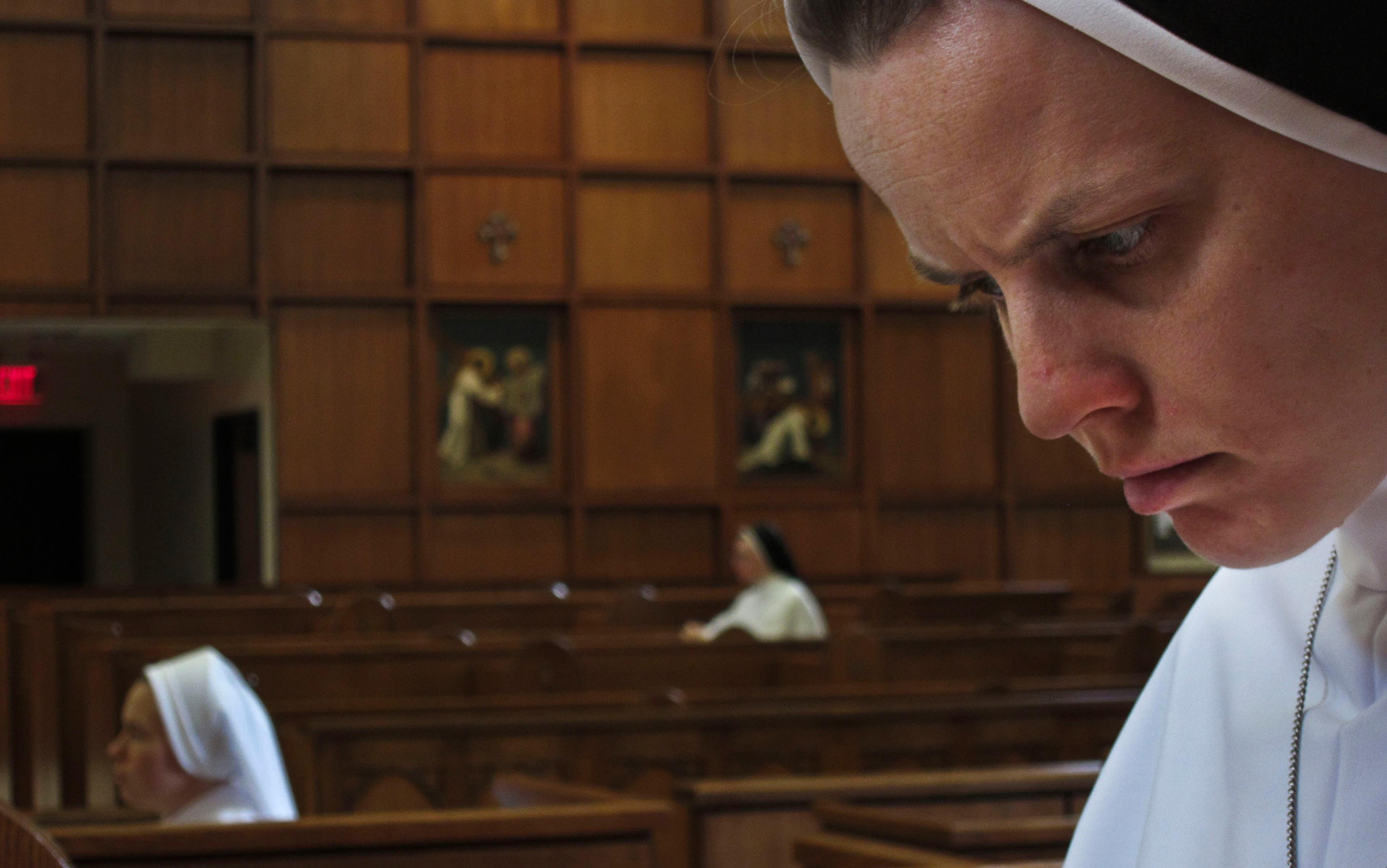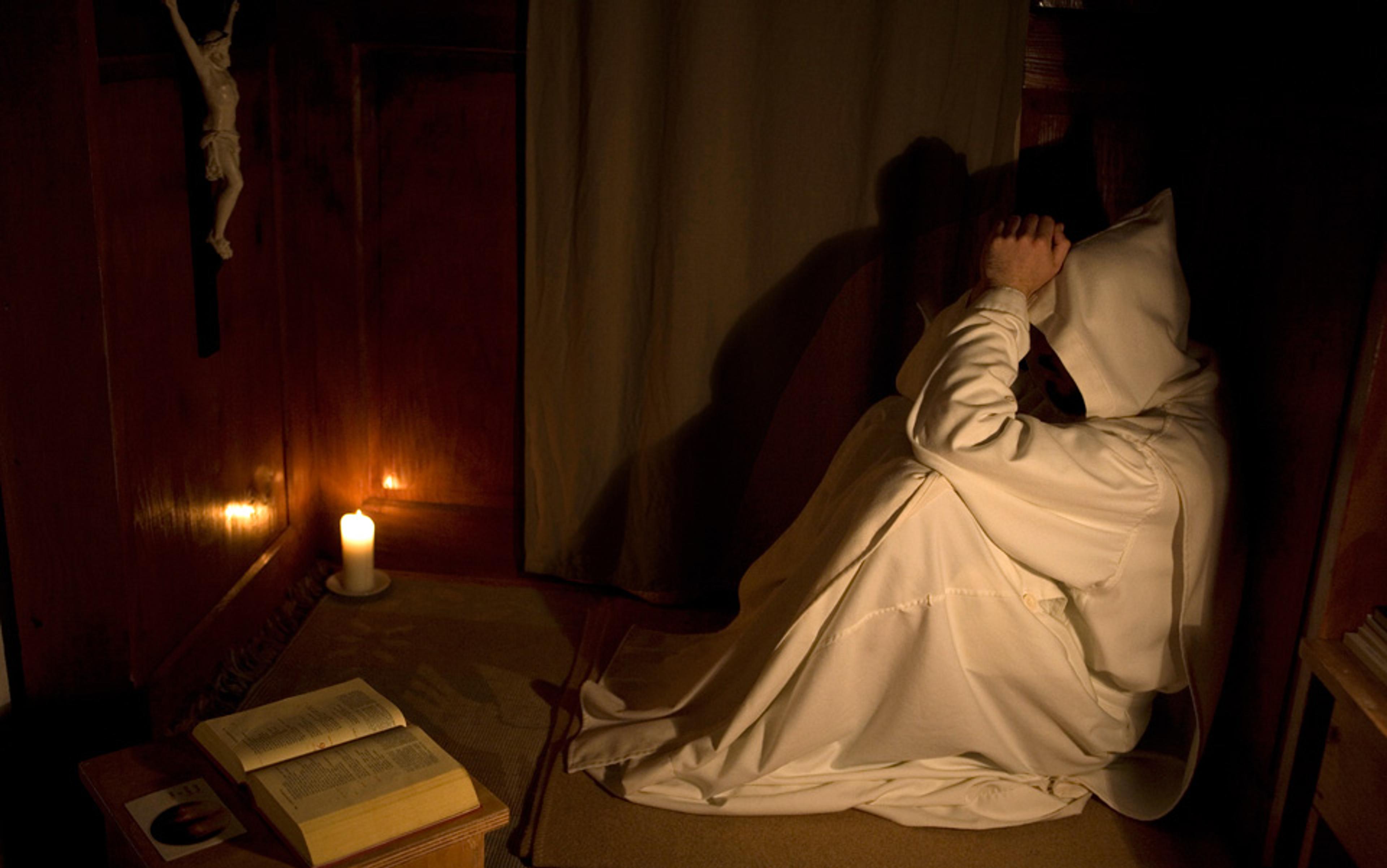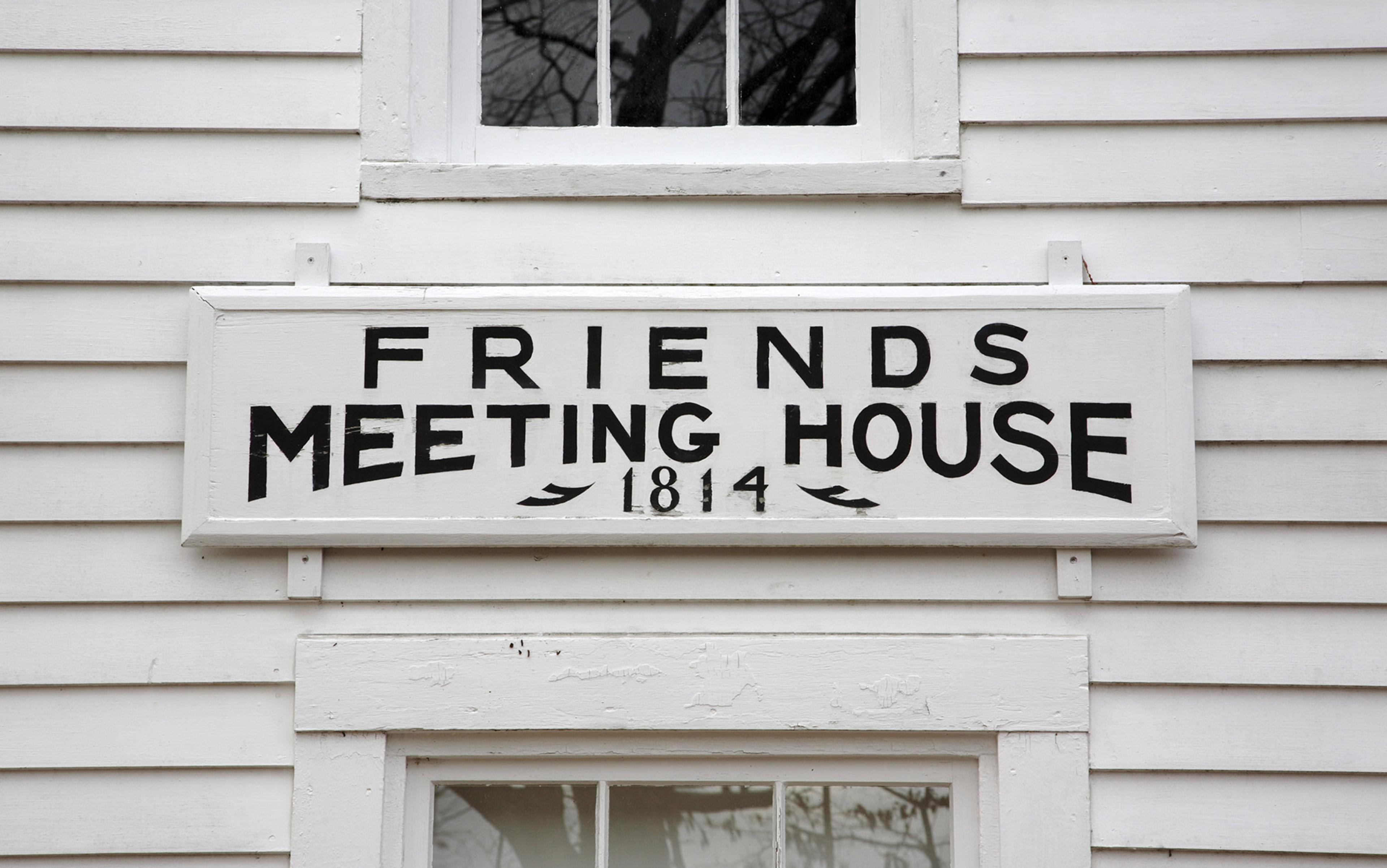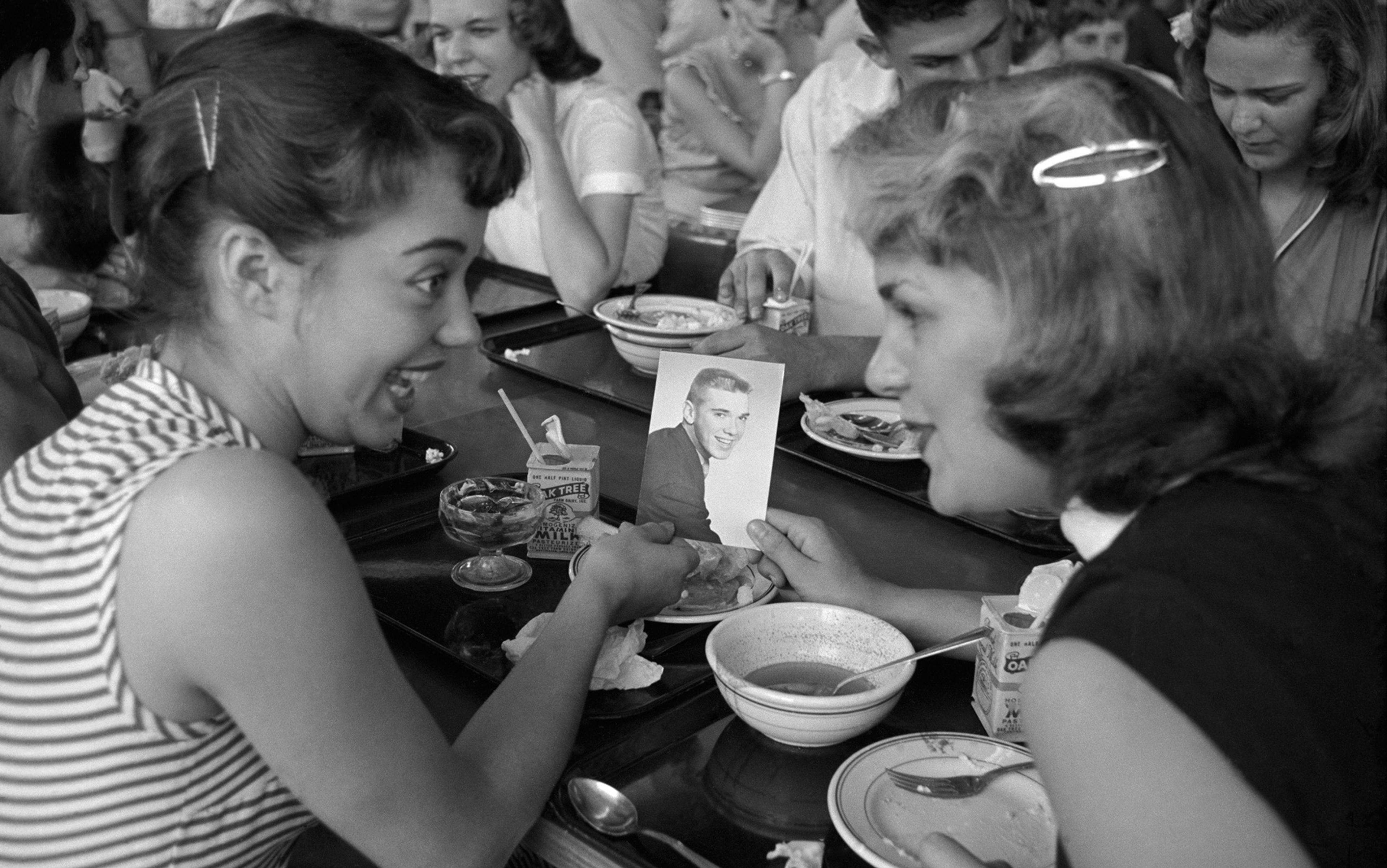Here is an easy challenge: imagine you are faced with a tough problem. Life is strewn with problems that need to be solved. And most problems do not require single decisions, like ‘Who should I vote for in this upcoming election?’ but a complicated mixture of decisions, prioritisation and action plans: ‘How worried am I about this election? How much should I prioritise being involved in it? How much time do I have for political activism?’
Figuring out how to solve a problem is itself a hard problem. It requires finding information, but it also involves persistence. It takes motivation and grit to stick with a problem and work your way through it.
So how do people actually solve problems? Problems are tricky, but they abound, and we have all made our way through them somehow. We can turn to our common sense, trust our guts, make a list of pros and cons, talk to a friend, a parent, a mentor. But what does the science say?
Cognitive scientists have been thinking about problem-solving for decades. Some of the earliest cognitive scientists were also early computer scientists, and were interested in how thinking about the brain like a computer – a machine that does computations – could help us better understand human thinking. This effort led to formal definitions that are useful here, starting with: what is a problem, anyway?
A problem, Herb Simon and Allen Newell said in ‘Human Problem Solving’ (1970), is three things: a problem state (that’s usually where you start in your problem-solving endeavours), a goal state (where you want to end up), and an unclear set of operations to get you from the problem state to the goal state. The key, they thought, was to figure out the operations. A good way of doing this was to work backwards. You could do this from any state in the problem-solving, not just the goal state. They used chess as an example. You know the current position of the board and you know the goal state: to checkmate your opponent. The trick is puzzling out what sequence of moves will get you from where you are to where you want to be. This concept of what it takes to solve a problem has eventually led to the impressive state of AI (including chess engines).
Another example of formal problem-solving advice comes from mathematics. The Hungarian-born mathematician George Pólya wrote a book for US high-school and college students called How to Solve It (1945), in which he suggests four steps to solving a mathematical problem. First, you must understand the problem. This can be easy to skip but it’s key: what are you being asked to do? Do you have enough information? Can you restate the problem? Draw a picture of it? Next, he says, make a plan. This can involve guessing and checking, making a list, or Simon-and-Newell style, working backwards. Third, you have to carry out the plan. Use the plan you’ve chosen all the way through. If it doesn’t work, discard it and go back to making another plan. Finally, you should reflect on what you’ve done and consider what you’ve learned. What worked? What didn’t? What could you use for a future problem?
When I was doing my dissertation research, I had my own problems to solve. On the one hand, I was trying to craft a research programme around how people think about what they cannot see. How do people come to understand, think about, and believe in things that are too big, too abstract or too invisible – things like the demographics of their country, energy use in home appliances, and God? On the other hand, I was trying to integrate two worldviews that I simultaneously inhabited: one scientific and one religious. Rather than finding them in conflict, I have often found them to be sources of mutual curiosity and inspiration.
As I wrestled with questions about how people understand what they cannot see, I was seeing Christians all around me do exactly that. These people engaged in regular, motivated and sometimes ritualised behaviours that grounded their lives and made meaning out of what they couldn’t see. And, as far as I could tell, the bedrock of this at the personal level was prayer. The question then became: what is specifically happening in people’s minds while they pray? I was sure that people were doing interesting things, but what? I then recruited some people to pray in front of me so that I could observe them.
I had 16 participants – not many if I was designing a replicable experiment, but plenty to get some ideas going. I asked each of them questions about how they pray, why, when, for how long, etc. And then I gave them some loose prompts, and asked them to go for it. Freshly post-COVID-19 pandemic, all my participants were on Zoom – Christians I had recruited through contacts at a couple of churches. Some were shy. They were comfortable with prayer, maybe even in front of a stranger. Praying in front of a scientist was harder. But they knew that I was a sympathetic scientist, and I had confidence in my Zoom-side manner. The interviews lasted about an hour each and, by the end, all of the interviewees warmed up to observed prayer.
He makes a plan, saying he wants to ‘find ways to meet God in the mornings’
So what did they say? As self-identified Christians, they were all people who believe in a God who is not only always present but desires an ever-deepening personal relationship with them. Their prayers were ways of reaching out and connecting with God. They also approached prayer as a mental activity, one that required paying attention to their own thoughts and reflecting on their experiences. They told me that they prayed to feel closer to God, to cultivate a connection with him. And when they prayed, they asked for things from God, too. They sometimes asked for material things, but more often they asked for things like hope, comfort and strength – they asked God for help. But as I spent more and more time with these people and their prayers, the structure of their prayers began to surprise me. They weren’t just praying, they were problem-solving. Or rather, they were praying and problem-solving, problem-solving through prayer.
Nearly all of my participants were using Pólya’s four-part problem-solving structure, despite none of them having read How to Solve It. Let’s look at an example from a participant I’ll call Paul, a law student in New York. Paul is smart, organised and high achieving. He already has a few impressive degrees from Ivy League institutions. But Paul is also anxious, and finds that mornings are ‘swirling with angst and concern and some confusion’ for him.
Paul did the genre-appropriate prayer language. He began his prayer by addressing God, thanking God. He ended his prayer with an Amen. But when I looked closer, beyond the expected language, Paul followed Pólya’s problem-solving process. He began his prayer by describing the problem he’s facing: mornings are tricky for him. He identifies his goal state: he wants to feel happy and not anxious in the mornings. And he makes a plan, saying he wants to ‘find ways to meet God in the mornings’ and works backward to determine that he needs to find a new morning routine.
Carrying out the plan is not always possible within the bounds of a spoken prayer. But whatever emotional transformation was necessary to solve the problem often happened within the prayer itself. Paul spent time within his prayer on reflection. He identified past successes and positive experiences, saying: ‘We’ve had those [morning routines] before, and it’s just a matter of finding whatever the new way we’re meeting each other is in the mornings now.’ It was amazing to me how my participants would, unprompted, zip through these formalised problem-solving strategies, initially devised for mathematicians, not Christians.
It was clear to me that the people I was interviewing were problem-solving with their prayers. But the scientific question reared its head: is this true of everyone who prays? I needed access to a bigger group to be able to tell. So, I designed a survey taken by 151 respondents. I asked questions about their backgrounds – what kind of church they go to, how much and how often they pray – and their experiences of problem-solving during prayer.
Problem-solving was a common aspect of prayer and responses showed evidence of all of Pólya’s problem-solving steps. People said that prayer helped them understand problems and changed their perspective on problems. Prayer helped them make a plan. It gave them a clear sense of what action to take after praying and it made them feel more motivated to tackle their problems. Participants also reported that prayer led directly to solutions: all but five participants said that prayer helps them resolve conflict with someone else at least sometimes.
Interestingly, it was not possible to tease apart problem-solvers from other kinds of prayer practitioners. My participants were by and large American, church-going Christians who prayed at least sometimes, but I had other axes of variation. Participants as young as 20 and as old as 93 had taken my survey. I also had a variety of Christian denominations: Evangelicals, Baptists, Lutherans and Catholics. But there was no correlation between demographics and problem-solving measures. It seemed like no matter who you are, if you pray, you solve problems in prayer.
People who prayed said that they felt more relief than those who thought aloud
None of this, however, tells us anything about how good prayer is as a problem-solving tool, especially compared with other ways of solving problems. I was thinking about Paul again. He had prayed about feeling anxious in the mornings. I had watched him engage in problem-solving as he prayed about that, asking God for help. But what was it about prayer that made it useful to Paul? He is a lawyer. Surely he has other problem-solving tools to fall back on. How did prayer measure up?
As the final step in my own journey to solve the problem of how I would a) study prayer and b) finish a dissertation, I did what many of us do: I designed an experiment. This experiment would compare the problem-solving effects of prayer with another simple, widespread strategy – thinking aloud. I went back to finding people who would agree to talk to me on Zoom, but this time I recruited 100 participants. I randomly sorted these 100 people into two conditions – thinking aloud and praying aloud. They were all praying Christians. I wanted to be sure that I was comparing apples to apples. If participants were in the prayer condition, I asked them to pray about a person who was difficult for them – it could be a person with whom they had a serious disagreement or just someone who got on their nerves. If they were in the think-aloud condition, I asked them to think aloud about the person.
Prayer and thinking aloud are similarly good for understanding the situation better, coming up with new ideas or a plan for how to solve the conflict, and getting a clear sense of what action to take. In Pólya’s problem-solving terms, prayer and thinking aloud do about equally well at understanding the problem and making a plan. However, there were some measures that indicated significant differences between those who prayed and those who thought aloud. People who prayed said that they felt more relief. They were more likely to say that they thought something would change with the difficult person. Prayer made people feel more connected to the person they prayed about, more positive towards them, more likely to give them the benefit of the doubt. People who thought aloud about a difficult person didn’t see these benefits. That is to say, while thinking aloud and prayer are both ways of solving problems, prayer seems to be more therapeutic.
I have not yet defined or really discussed prayer outside of the observed behaviours of my Christian participants. This is partially because, scientifically, I am most concerned with the concrete observations of my participants but also because prayer is a difficult concept to cast a net over. In a paper accepted by the journal Cognitive Science, my coauthors and I define prayer as a ‘private, reflective, mental activity which involves speaking to God or spirit more broadly, with the expectation that this inner (or sometimes outer) speech is a communication.’ In that paper, we try to cast the prayer net to catch not only Christians, but varied religious practitioners in five countries, including Buddhists in Thailand and China, Okomfo priests in Ghana, and ancestral kastom practitioners in Vanuatu. What is key is that those who pray often experience God to some extent as a person, and prayer as an interaction with that person. That is, of course, true for many contemporary Christians, but it is true for many people in other faiths as well, including Muslims, Jews and Santeria initiates, and even pagans and magicians of some stripes.
A key feature of problem-solving prayer is spontaneity. Not all prayer is – some prayers are read, chanted or recited by rote. This kind of prayer certainly still engages with God, but does not afford the opportunity to name and work through one’s personal problems. Speculating based on my findings, I predict that anyone who regularly engages in a prayer-like practice – one in which they are personally and spontaneously communicating with God or spirit more broadly – is likely to be problem-solving. That is to say, I don’t think this is just a Christian phenomenon, even though my sample is Christian.
I was seeing people solve problems, but what they say they are doing is connecting with God
Prayer’s therapeutic effects on problem-solving is a new scientific finding, but other scientists and scholars have found ways in which prayer helps. Some have suggested that group rituals, which may include prayer, work socially by signalling ingroup status and commitment to the ingroup and is linked to prosocial behaviour. Some studies suggest that prayer has psychological benefits, that it reduces anxiety, heightens gratitude and wellbeing, or can make people more resilient. Some even show physiological benefits – a study of Iranian people found that prayer makes people healthier. A study of different positions of the body in prayer showed that they can help people feel different kinds of emotions, including positive ones. And one intriguing study from the early 2000s suggests that prayer might affect the outcome of in vitro fertilisation. The consensus among both secular observers and scholars is that humans pray because prayer makes people think better and feel better.
But isn’t there something particularly American about the therapeutic aspect of personal prayer? Indeed, the histories of Christianity and therapy intertwine in the United States. William James, the father of modern psychology, and author of the seminal The Varieties of Religious Experience (1902), thought both that studying human religious and mystical experience could contribute to a ‘Science of Religion’, and that religious experiences involved a genuine supernatural domain. Many New Age belief systems that have taken root in the US in particular – all the way from the historical New Thought movement to manifestation tips on TikTok – promote a connection between prayer-like activities and therapeutic, even curative, effects.
The therapeutic effects in the prayer condition of the experiment quantified what my participants had been telling me from the first interviews. I was seeing people solve problems, but what they say they are doing, and what they say they experience, is connecting with God. There is, of course, no experiment that could definitively determine whether God exists and is out there listening and responding to people’s prayers. But the benefits that people were reporting were social benefits. The people who prayed felt helped, the people who thought aloud did not.
For problem-solving to be collaborative, you need to have a group solving a new problem, every member of the group needs to be able to evaluate the quality of the solution during problem-solving, different members of the team need to play different roles, and the people on the team need to need each other. In this definition, God is an interesting collaborator. Certainly, the psychologist Arthur Graesser and his colleagues did not have any deities in mind when they were naming the requisite elements of collaborative problem-solving.
But to a Christian praying, God is there with them, forming a group solving a new problem. (This may feel like it raises the scientifically unscalable theological issue of God’s existence, but let us set that aside by acknowledging that the person praying believes God exists.) It is not hard to see what special abilities God brings to the table – omniscience and omnipotence are pretty unbeatable in a team member. God is certainly also able to evaluate the quality of the solution. The person praying is doing a lot of communicating with God – often speaking without pause for the duration of the prayer. However, Christians also describe themselves as listening during prayer – looking for signals in their thoughts, emotions, sensations and environment from God. In her book When God Talks Back (2012), the anthropologist Tanya Luhrmann describes how evangelical Christians ‘begin to search for God’s voice by holding conversations with him in their heads, modelled on the kinds of conversations they have with friends.’ They must learn to treat some of their internal phenomena as not their own, as coming from God. Despite God’s invisibility and enigmatic style of communication, it appears that people are experiencing prayer as collaborative problem-solving with God.
People felt more optimistic that something would change with a difficult person after praying about it
Thinking about prayer as collaborative problem-solving helps make sense of the differences I found between praying and thinking aloud. For one thing, collaboration means that there is a social component. In the survey, I asked questions about this social aspect. People said they felt like they were talking to someone. They did not feel like they were just talking to themselves. They also reported that they often delegated parts of the problem they were solving to God. There is even a special way of talking about this; they call it ‘giving it to God’. In the survey, participants said they feel relieved after praying. In the experiment, people who prayed said this too. People who talked aloud did not feel that relief.
Delegating parts of your problem-solving to someone you trust is a good strategy. In fact, this is a classic therapy strategy: focus on the parts of the problem that you can control and let go of the rest. In prayer, people are doing the work of scoping out what parts of the problem they can control. And they are not only letting go of the rest of the problem, they are handing it off to the creator of the universe. This explains why people felt more optimistic that something would change with a difficult person after praying about it. They might not have any control over their roommate’s bad attitude, or their boss’s unreasonable standards, but surely God has some influence.
Motivation is another important aspect that makes prayer well suited to problem-solving. Solving problems is hard work, which often means continuing to slog through it when it would be easier to give up. Speaking to God about a problem keeps the possibility of change and transformation alive. One participant, Lisa, remarked to me after the experiment: ‘God is like a wild card. If it’s just me thinking, I don’t have much hope anything will change. But, when I hand it to God, anything could happen!’
Prayer also constrains the solution space in ways that are useful. Solving problems involves deep focus and concentration. In cognitive science terms, we say that problem-solving induces a heavy cognitive load. We all have a limit to how many things we can hold in our minds at a time. This is the working memory capacity. Current research suggests that the average working memory capacity is somewhere around three to five items: goals, numbers, words, names, sounds – anything one can be aware of. A heavy cognitive load is one that takes most, if not all, of those slots. This is why distractions are so deadly when you’re focusing on a complicated task. Prayer has some built-in distraction buffers. When Christians pray, they usually close their eyes, fold their hands, seek out quiet spaces. Many participants also told me that they found praying out loud to be useful for their focus. They lost their place more often when they prayed in their heads.
Make a plan, carry out the plan, and reflect on how it went
Prayer also comes with some built-in prioritisation. One of the most common words people used when describing their prayers was ‘remind’. People’s prayers were apparently forever reminding them of things – what they thought was important, what God wanted for them, their values. This ‘reminding’ function of prayer helps explain why they felt more connected to a difficult person after praying than after thinking aloud. Just thinking about someone you’re frustrated with can get you riled up. But praying about someone you’re frustrated with can also remind you that you are supposed to love other people, and that God cares about that person, even if they’re being super annoying to you at the moment. This constrains the possible solutions, because it means you can take only the ones that are in line with these values.
Prayer combines many useful problem-solving elements into one naturalistic whole, but at least some of these strategies can be extracted. Prayer made participants feel better about the problems they were facing, and many of these benefits came from feeling helped, not feeling so alone in the problem. You may not be talking to God, but you can certainly talk to someone about whatever problem you are puzzling your way through. Talking to your mother, a friend, a therapist, someone you trust – these are all great ways to get those collaborative benefits.
You can also try to follow Pólya’s four steps to problem-solving: spend some time understanding the problem – just articulating it to yourself can go far. Make a plan, carry out the plan, and reflect on how it went. As you think about the problem, remember to scope it to the aspects that you can control. This unfortunately does not include anybody else’s feelings, reactions or (for the most part) their behaviour. Find a way to set down the other parts of the problem as you focus on what you can control. Talking to someone else can be a good way to do this, but even just writing it down can help. Remember your priorities as you think through your problem – what’s important to you as you go forward? Is it making sure you stay level headed or that you stand by some boundaries you previously set? State these priorities up front or, better yet, write them on a piece of paper that you keep near you as you think about solutions. And, finally, cultivate an environment that makes problem-solving a bit easier. Give yourself time that’s quiet and undistracted. Close your eyes, maybe even fold your hands. Even a couple minutes can go far.
Prayer is not only a quiet moment in the day, a time to ask God for blessings, or an opportunity to state beliefs. Rather, prayer is a cognitive practice chockfull of problem-solving resources. There are things to learn from prayer, even for those who do not pray.






